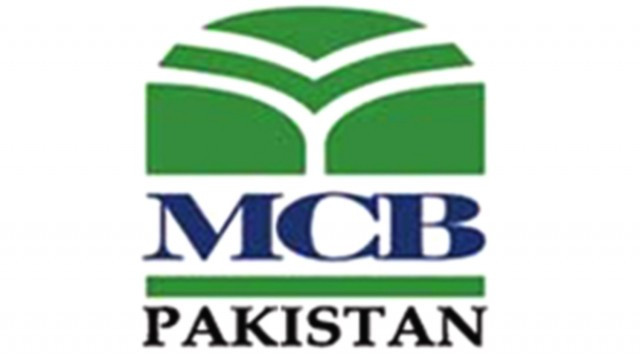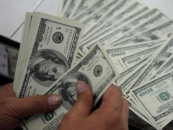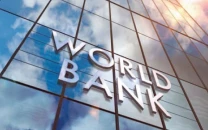View from McLeod Road: Can MCB Bank succeed in India?
Lower profit margins, restrictions on foreign banks likely to impede bank’s growth.

View from McLeod Road: Can MCB Bank succeed in India?
It is an interview that created quite a stir: Mian Muhammad Mansha, Pakistan’s richest man, was quoted by India’s Economic Times as saying that his MCB Bank would be venturing into India. Mansha sounded optimistic about the financial crossing of the Wagah, but will MCB Bank be able to make money? A closer examination of the numbers by The Express Tribune reveals that the Indian banking market is not as attractive as it seems from the outside.
At an initial glance, the Indian banking market is phenomenally attractive. Deposits at all commercial banks were an astonishing Indian Rs52 trillion ($938 billion) in 2011, according to the Reserve Bank of India (RBI), and growing at 18.4%, faster than the approximately 15% growth rate in Pakistani bank deposits. Despite the recent slowdown, the Indian middle class remains one of the largest in the world and likely to continue growing at a much faster pace than Pakistan.
But while those numbers are important for a bank to look at, the real numbers to pay attention to are a little different, and do not often grab the headlines. Statistics such as net interest margin (the difference between what banks pay to their depositors and what they collect from their borrowers), return on assets and return on equity are far more relevant to the decision to invest.
On those fronts, the Indian market may not be as lucrative as it appears at first glance, at least not for new entrants into the market, especially foreign banks. For starters, the average net interest margin earned by banks in India was 2.92% in 2011, much lower than the Pakistani average of over 7.5% during that same period, and lower even than the 7.8% earned by MCB Bank itself during the year, according to the bank’s financial statements.
It is true that foreign banks in India earn a higher net interest margin, which was about 3.86% in 2011, according to the RBI’s statistics. Yet they also face a higher intermediation cost, which is the ratio of operating expenses to total earning assets of the bank. For foreign banks in India, that ratio came to 2.71% in 2011, compared to the Indian average of just 1.86%, although the average for foreign banks in India is actually lower than the 2.98% average for MCB Bank during that same year.
Nonetheless, Mian Muhammad Mansha, chairman of the Nishat Group – a diversified conglomerate that has interests in cement, textiles, and energy as well being the majority shareholder of MCB Bank – may want to look at just one more statistic before he makes the decision to take the plunge in the Indian market.
As the fourth largest bank in the country by assets, MCB has a commanding presence in Pakistan and an ability to leverage its balance sheet to deliver strong shareholder returns. While average return on equity for Pakistani banks was about 15%, MCB Bank earned a 26.2% return on equity. By contrast, foreign banks in India earn an average return on equity of about 10.3%, lower than the Indian average of about 15% in 2011.
Foreign banks – even global financial powerhouses – have found India a difficult market to crack. Barclays recently sold off its retail branch network in the country to Standard Chartered Bank and even some established global brand names in the banking business have been struggling in India. MCB Bank will have to be careful to ensure that its luck is different from these institutions.
It is entirely possible, however, that the application to open branches in India (MCB wants to open three) is just a bid to increase its ability to finance what it expects will be rapidly growing trade between India and Pakistan. MCB Bank has a sizeable trade finance business, but mid-sized banks such as Bank AL Habib, Habib Metro Bank, and others have been rapidly growing their market share. A foothold in India may help MCB protect its share in the pie.
Published in The Express Tribune, July 19th, 2012.



















COMMENTS
Comments are moderated and generally will be posted if they are on-topic and not abusive.
For more information, please see our Comments FAQ